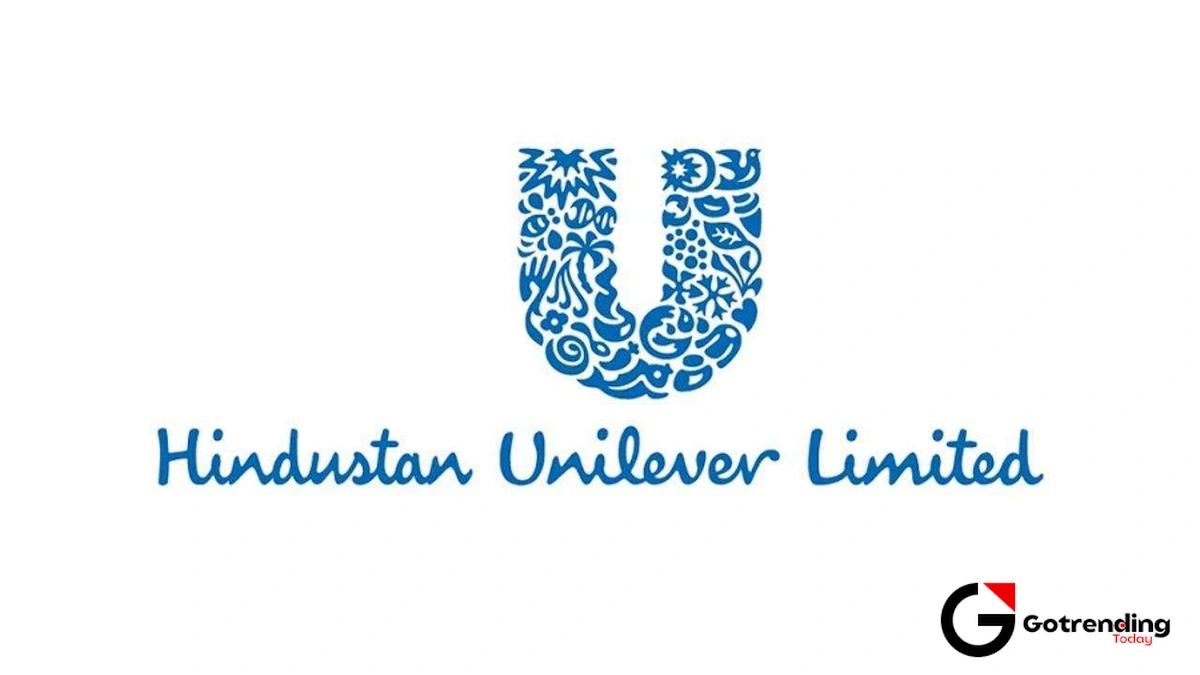The HUL Share Price | My Complicated Relationship with India’s Kitchen King
I have a little game I play whenever I’m in a supermarket. Or a kirana store. Or even just peeking into a neighbour’s shopping bag. I count the HUL products. Lifebuoy soap by the counter. A big bottle of Kissan Ketchup. The unmistakable scent of Surf Excel from the detergent aisle. It’s everywhere. An empire built on sachets and bottles, woven so deeply into the fabric of Indian life that you can’t escape it. And for years, that omnipresence was reflected in the steady, almost boringly reliable rise of the HUL share price .
It was the quintessential “buy it, forget it” stock. A defensive stock your dad would approve of. A cornerstone of so many portfolios. But lately? Lately, that relationship has gotten… complicated. The stock has felt stuck. Like a car in second gear that just won’t shift up, even as shinier, faster vehicles zip past it on the highway. And if you’re an investor, or just curious, you’ve probably been asking the same question I have: what on earth is going on?
The Elephant in Every Kirana Store
Let’s not get ahead of ourselves. To understand the current funk, you have to appreciate the sheer scale of Hindustan Unilever . This isn’t just another company. It’s a behemoth. A true FMCG giant that dictates market trends, advertising spends, and distribution networks reaching the tiniest villages. Think about it. When you think of toothpaste, you might think of Close-Up. Ice cream? Kwality Wall’s. Tea? Brooke Bond Red Label. The company’s brand recall is staggering.
For decades, this was its moat. An impenetrable fortress of brands and supply chains. This dominance made HUL a blue-chip stock that was seen as a safe haven. When the market was volatile, people flocked to HUL. It was the financial equivalent of comfort food. This history is crucial because it sets the stage for the current frustration. The stock’s past performance created an expectation of perpetual, steady growth. An expectation that is now being seriously tested.
So, Why Has the HUL Share Price Been So… Meh?

And here we get to the heart of it. The frustrating part. Why is a company that’s physically present in almost every Indian household struggling to translate that into stock market excitement? The answer isn’t a single “aha!” moment. It’s more like a slow leak from multiple tiny punctures.
First, there’s the big one: the slowdown in rural demand . This is a term analysts love to throw around, but what does it actually mean? It means that people in smaller towns and villages, who are a massive customer base for HUL’s smaller-ticket items, have been feeling the pinch. Inflation, unpredictable weather affecting farm incomes… it all leads to them cutting back. Maybe they buy a smaller pack of biscuits, or delay buying that new bottle of shampoo. When you multiply that tiny decision by millions of households, it becomes a huge problem for a company of HUL’s size. It directly impacts their volume growth, which is something the market watches like a hawk.
Then there’s the pincer movement of inflation and competition. Raw material costs went through the roof for a while, squeezing their profit margins. And while they’re a giant, they aren’t immune to competition. It’s not just the familiar foes like ITC or Nestlé anymore. There’s a whole new army of nimble, digital-first D2C (Direct-to-Consumer) brands chipping away at their urban market share. They might not be a threat to Surf Excel yet, but they are certainly making a dent in categories like skincare and premium foods.
Honestly, it’s a classic big-company problem. When you’re a massive ship, it’s incredibly difficult to turn quickly. While a smaller speedboat (a D2C brand) can pivot on a dime to chase a new trend, HUL has to move with caution and immense logistical planning. Which can sometimes look like stagnation from the outside. If you find yourself needing to file taxes after looking at your portfolio, you might find this ITR filing guide useful.
Looking Beyond the Ticker | Fundamentals and a Dose of Patience

But and this is a big but panicking about the share price right now might be missing the forest for the trees. I keep coming back to this point because it’s crucial. When you invest in a company like HUL, you’re not just buying a stock ticker. You’re buying a piece of a formidable business.
Let’s look at the fundamental analysis . The company’s balance sheet is a fortress. It’s a cash-generating machine. And its dividend history ? It’s one of the most reliable and rewarding in the Indian market. These are the things that don’t always make for exciting headlines but form the bedrock of a solid long-term investment . You can dig into their financial reports and investor presentations on their official investor relations page , and you’ll see a story of stability, not crisis.
I initially thought the competitive threat was an existential one, but after looking deeper, I think it’s more of a catalyst. It’s forcing HUL to innovate, to get leaner, and to pay more attention to premium and digital categories. They are acquiring brands and launching new products. It’s happening, just maybe not at the speed the market wants. It’s like watching a champion boxer who seems to be on the back foot, taking a few jabs, but you know they still have the power to land a knockout punch.
FAQs | Your Burning Questions About the HUL Share Price Answered
Is HUL a good buy right now, considering its recent performance?
That’s the million-dollar question, isn’t it? Here’s the thing: it depends entirely on your investment style. If you’re a trader looking for quick, high-growth returns, HUL might feel frustratingly slow right now. But if you’re a long-term investor who values stability, consistent dividends, and a company with an almost unshakeable market position, the current dip might look like an attractive entry point. It’s a bet on the long-term consumption story of India.
Why is HUL share price falling when the company is still so profitable?
This is a common and valid point of confusion. The stock market is a forward-looking machine. It doesn’t just price in current profits; it prices in future growth expectations. The share price is falling (or stagnating) not because HUL is unprofitable, but because its rate of growth has slowed down. The market is worried about margin pressures from inflation and slowing rural demand, and it’s adjusting its future expectations downward.
Is the rise of D2C brands a real threat to HUL?
Yes and no. It’s a real threat to specific segments, particularly in urban, premium categories where consumers are willing to experiment. However, it’s not an existential threat to HUL’s entire empire. HUL’s strength lies in its incredible distribution network that reaches every corner of India, something a D2C brand can’t replicate easily. The real impact is that it forces HUL to stay on its toes and innovate faster.
What should I look for in HUL’s next quarterly results?
Two key things for me. First, volume growth. Are they selling more stuff, or are revenue increases just coming from price hikes? Positive volume growth, especially from rural markets, would be a very bullish sign. Second, commentary on profit margins. Are they managing raw material costs effectively? Any improvement there would show the market they have a handle on inflationary pressures. The complexity of these market dynamics often reminds me of the intricate workings of modern tech, like trying to understand what is Perplexity AI and how it functions.
Ultimately, the story of the HUL share price is a lesson in market psychology. It’s about the tension between the comfort of a known giant and the market’s insatiable hunger for growth. It’s easy to get caught up in the short-term narrative of stagnation. But every time I walk into a store and see that wall of familiar products, I’m reminded that betting against HUL is, in a way, betting against the daily habits of a billion people. And that’s a bet I’m not sure I’m willing to make just yet.













